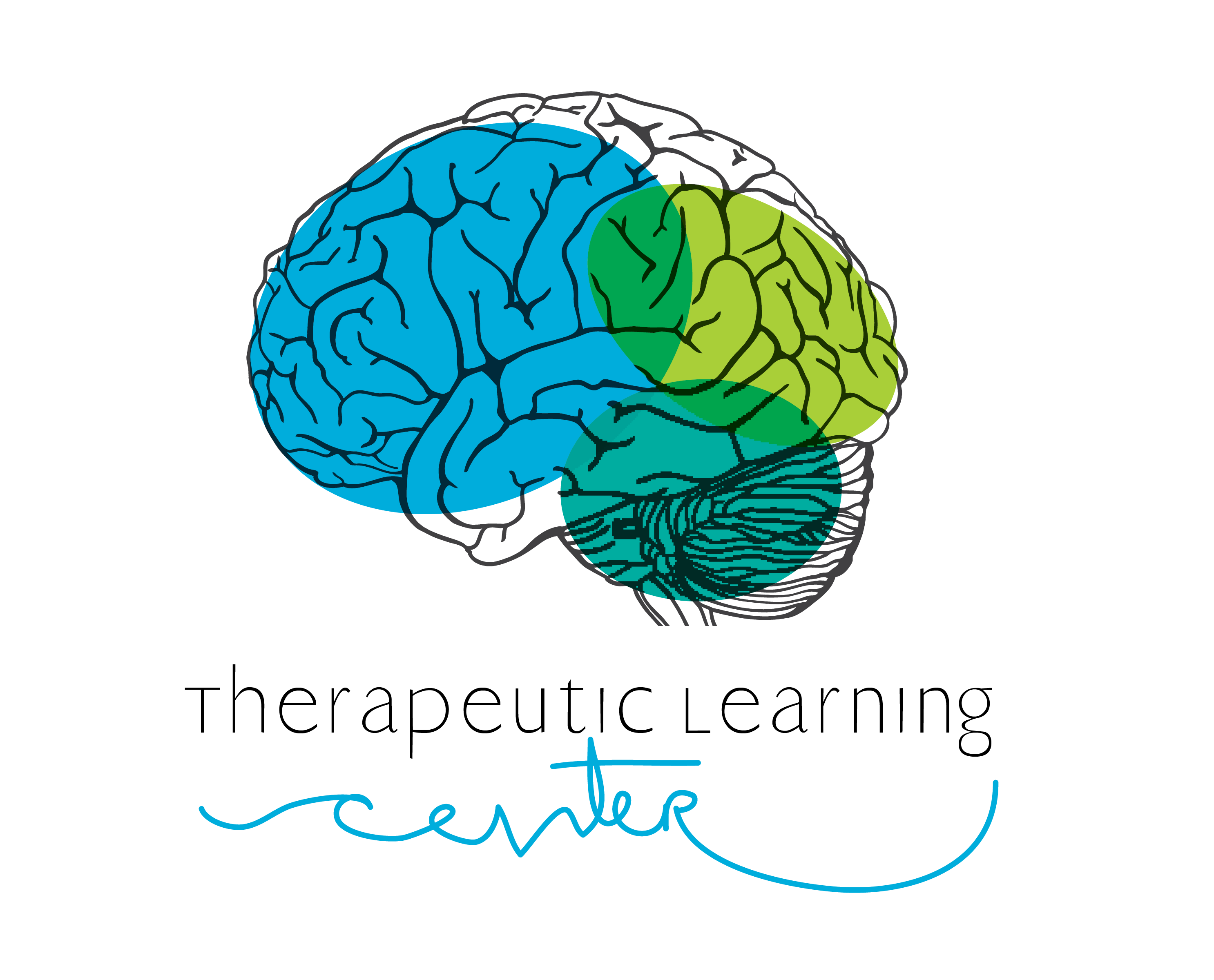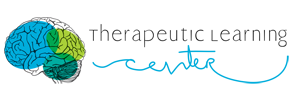He was 2 years old when his speech began to decline. Fear enveloped my cousin as she realized that one of her twin boys was not developing as planned. A parent places their hopes and dreams into their children and when their child struggles, it hurts. One doesn’t want their child to struggle but toRead more



